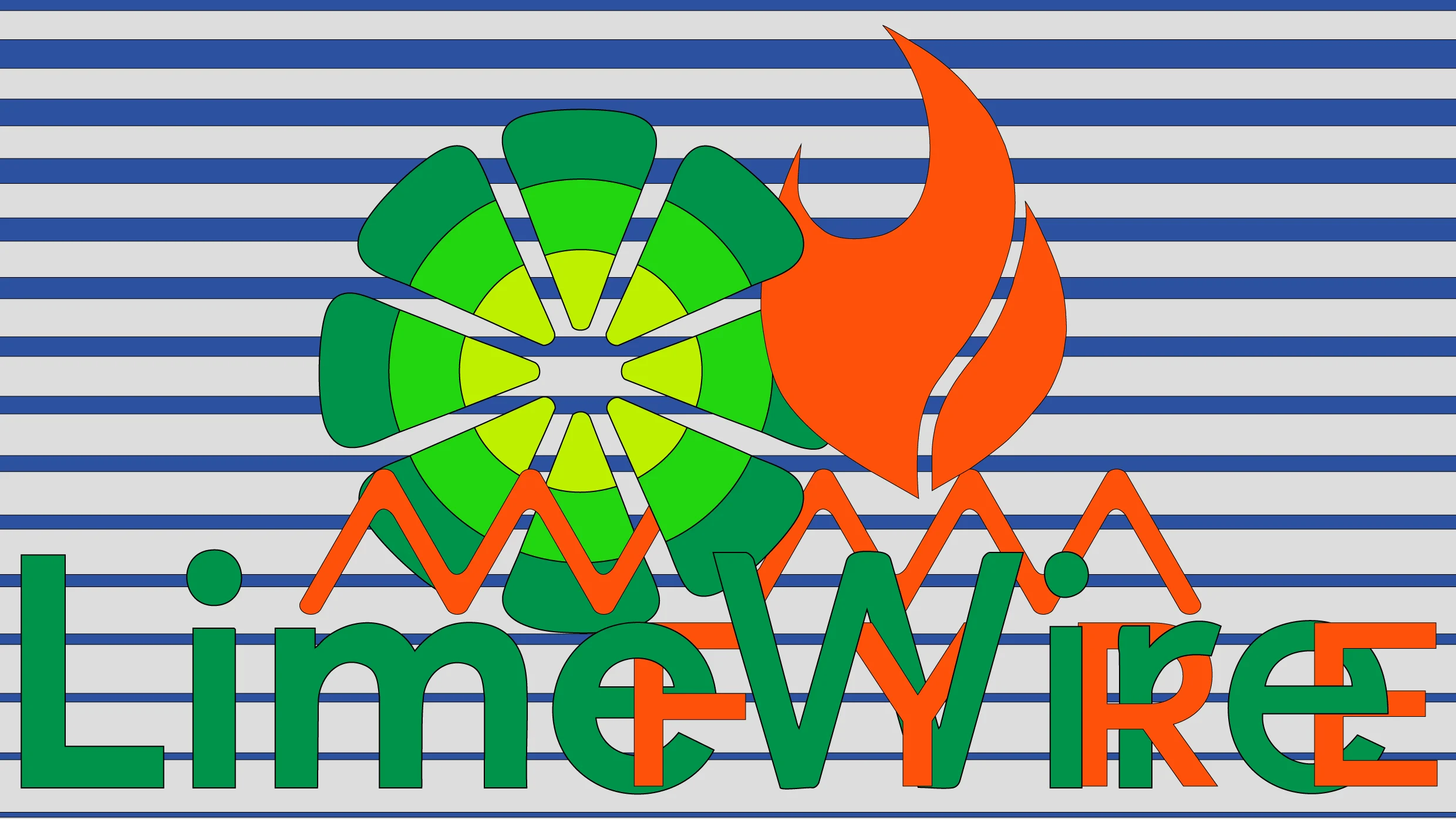
"Here's a mash-up you didn't see coming: It turns out that LimeWire was the mystery buyer of the Fyre Festival's brand assets back in July, when it spent $245,300 to acquire the failed music festival's trademarks, intellectual property, and social media off eBay. But branding doesn't really follow mathematical logic: Does the combination of two failed but infamous brands equal a net positive?"
"LimeWire's betting on it. Fyre Fest's new owner believes it can take the meme value of the failed festival to power something new that audiences will still find familiar. A test case for two wrongs making a right Anyway, neither company has had much success on its own. LimeWire is the Y2K-era peer-to-feer file-sharing service that in the early aughts offered internet users access to free, illegally downloadable music, all from the comfort of their home computers."
"And the 2017 Fyre Fest was, of course, a flop. Billed artists like Blink-182 pulled out, and after festival organizers suffered severe logistical failures they stranded attendees on an island in the Bahamas eating cheese sandwiches out of Styrofoam containers. Never mind that those attendees spent thousands of dollars to attend. Accommodations included disaster relief tents. And founder Billy McFarland's plans for a Fyre Fest II never got off the ground."
LimeWire purchased Fyre Festival's trademarks, intellectual property, and social media from eBay for $245,300. LimeWire previously operated as a Y2K-era peer-to-peer file-sharing service, shut down in 2010, and was relaunched as an NFT platform in 2022 by Austrian brothers Julian and Paul Zehetmayr. The 2017 Fyre Festival collapsed amid logistical failures, causing stranded attendees in the Bahamas, inadequate accommodations, and widespread public ridicule. Fyre Festival gained notorious brand recognition through documentaries and cultural references, creating meme value. LimeWire aims to leverage that meme-driven recognition to power a new venture that blends both brands' infamous reputations. The combination raises questions about whether two failed brands can produce a successful outcome.
Read at Fast Company
Unable to calculate read time
Collection
[
|
...
]